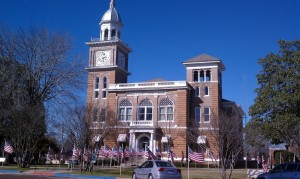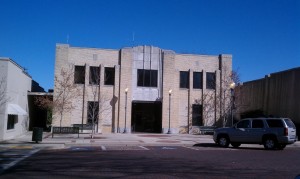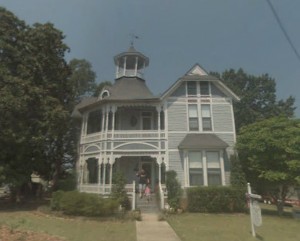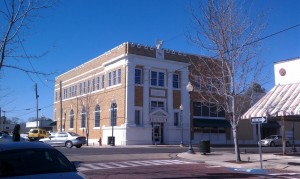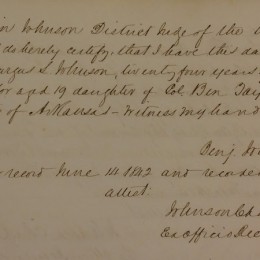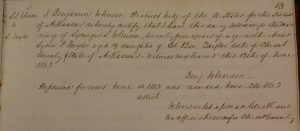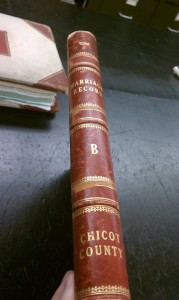Lakeport Plantation Presents Author: Dr. Robert Patrick Bender, March 17, 2012
 Dr. Robert Patrick Bender will be at the Lakeport Plantation to discuss the life and career Lake Village’s Confederate Brigadier General Daniel Harris Reynolds. Dr. Bender is the editor of Worthy of The Cause for Which They Fight: The Civil War Diary of Brigadier General Daniel Harris Reynolds, 1861-1865 (University of Arkansas Press, 2011). A book signing will follow Dr. Bender’s talk.
Dr. Robert Patrick Bender will be at the Lakeport Plantation to discuss the life and career Lake Village’s Confederate Brigadier General Daniel Harris Reynolds. Dr. Bender is the editor of Worthy of The Cause for Which They Fight: The Civil War Diary of Brigadier General Daniel Harris Reynolds, 1861-1865 (University of Arkansas Press, 2011). A book signing will follow Dr. Bender’s talk.
Books will available for purchase at $35.00 (cash or check only please). Call or email to reserve a book — 870 265 6031 or lakeport.ar at gmail.com

This event is an official event of the Arkansas Sesquicentennial Commission


